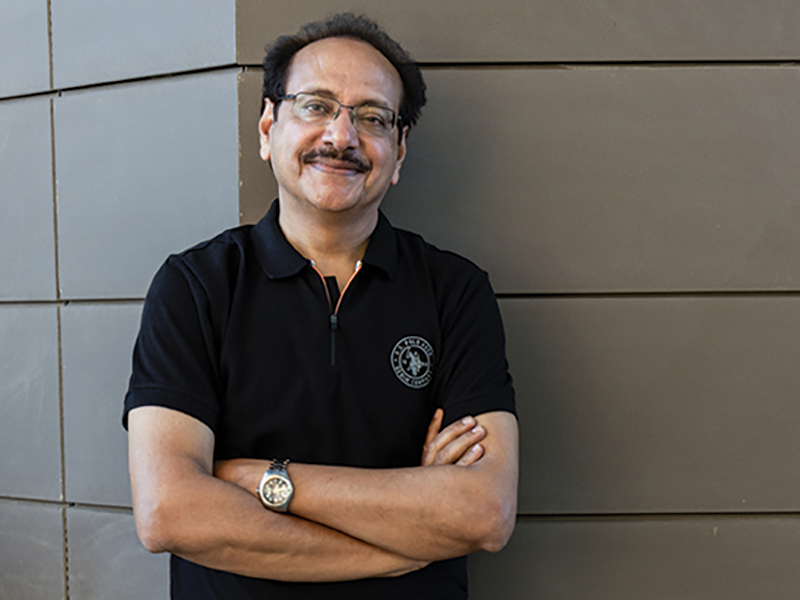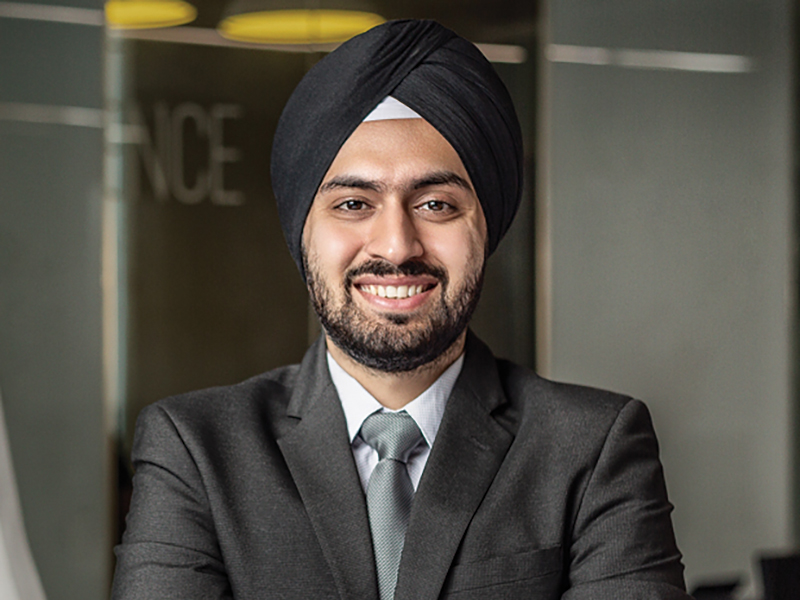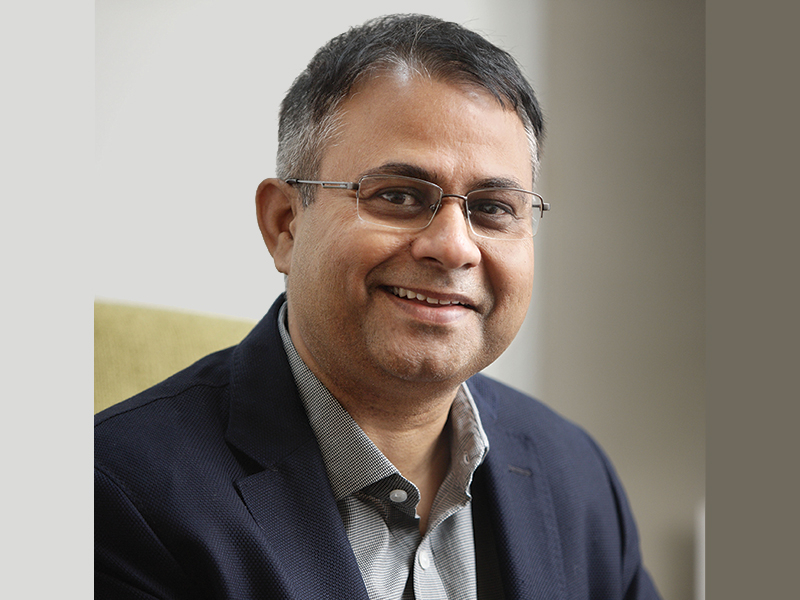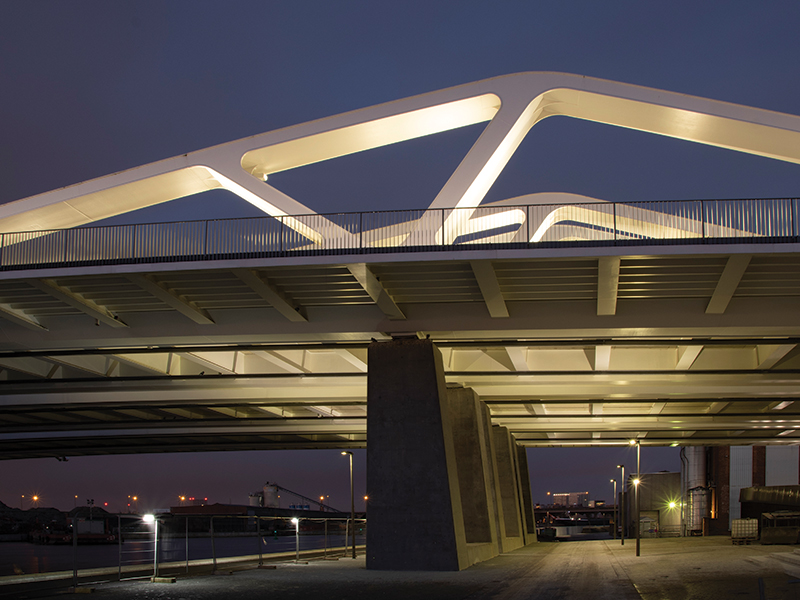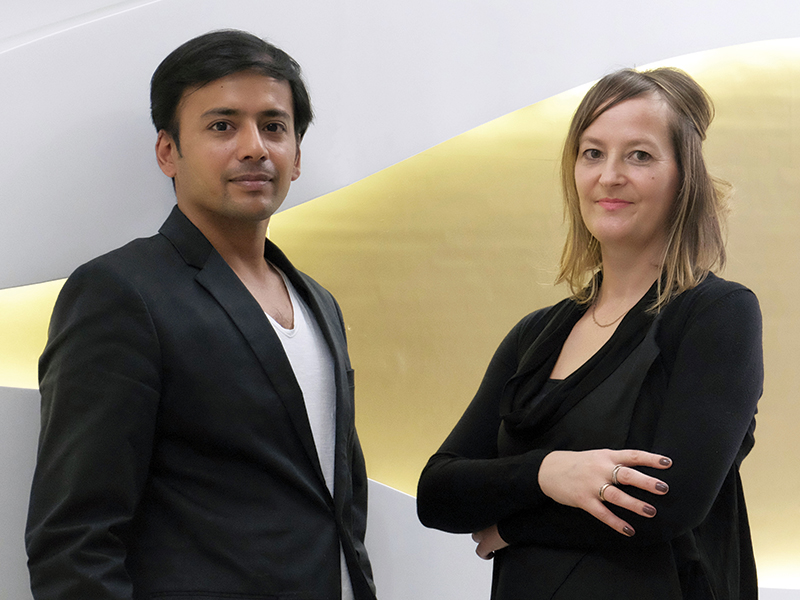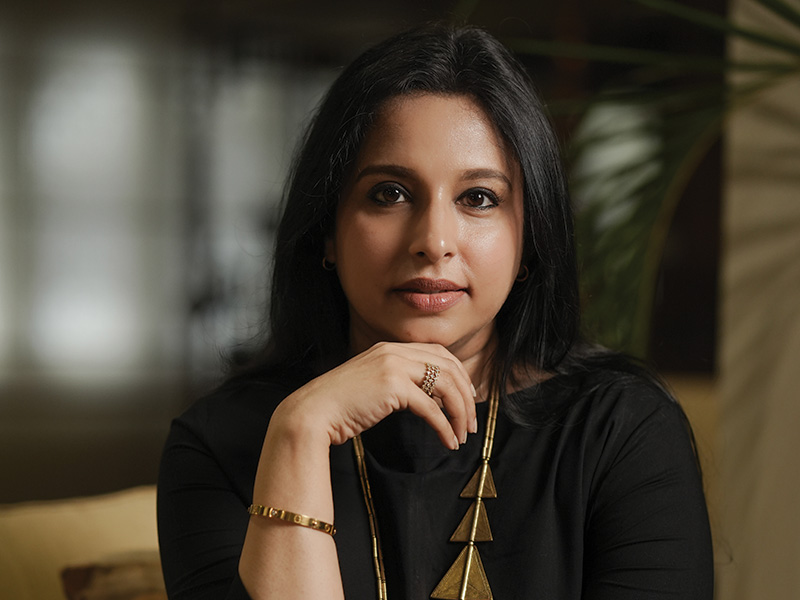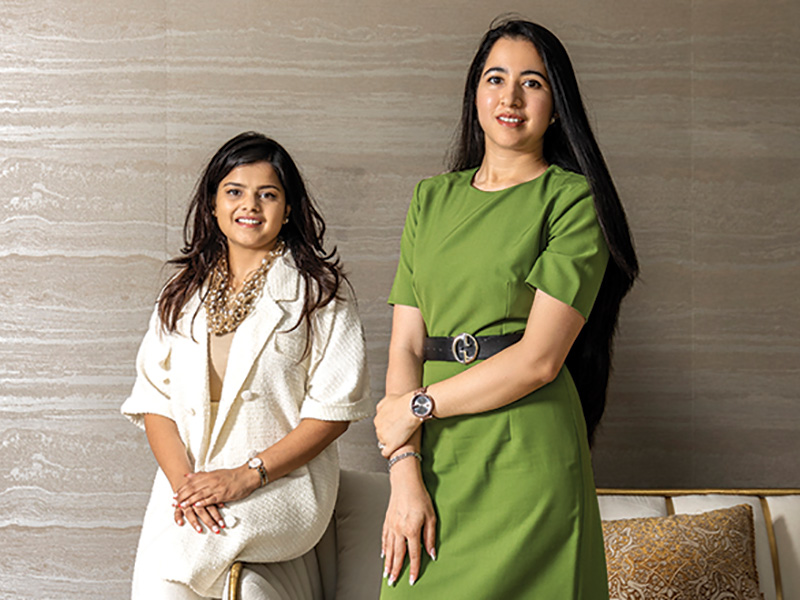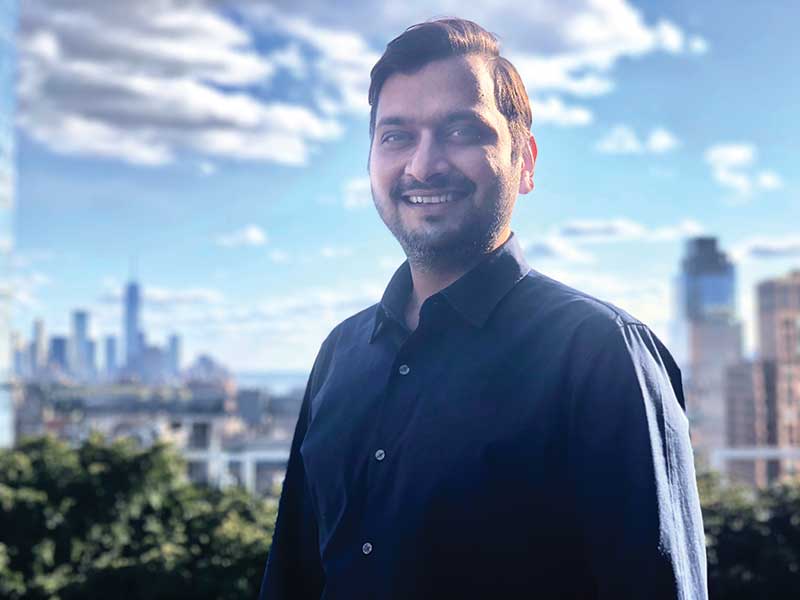
In today’s era of social distancing and remote working, flexibility of usage and the need to prioritize human health have become major factors to consider. As we transition towards hybrid office and residential models, offices will transform to have more collaborative spaces and fewer individual workstations, with residential units doubling up as hybrid offices with dedicated workspaces. A long-term reduction in office space demand appears imminent.
The ability to understand the synergies between various building systems and its surrounding environment will allow designers to better envision future developments.
IoT is making the environment around us smarter and more responsive by amalgamating the digital and physical worlds.
There will also be increased reliance on automated products such as touchless doors, voice activated systems, and remotely controlled devices. We are already seeing increased fresh air and filtration requirements for heating, ventilation, and air conditioning systems. The shift to IoT (Internet of Things) is accelerating; it is making the environment around us smarter and more responsive by amalgamating the digital and physical worlds. This ability to understand the synergies between various building systems and its surrounding environment will allow designers to better envision future developments.
I think the degree to which we can utilize the existing form of a city within the realm of design, directly affects our ability to achieve sustainable growth.
The architecture and construction industry is gaining momentum globally and the notion of a city is very different from what it used to be a decade ago. The way we approach the process of building from analysis to design and finally to construction is most critical to ensure that we progress efficiently, while aiming for smart growth in the long-term. Any planned alteration of the built environment requires well defined goals and keen foresight to anticipate future needs.
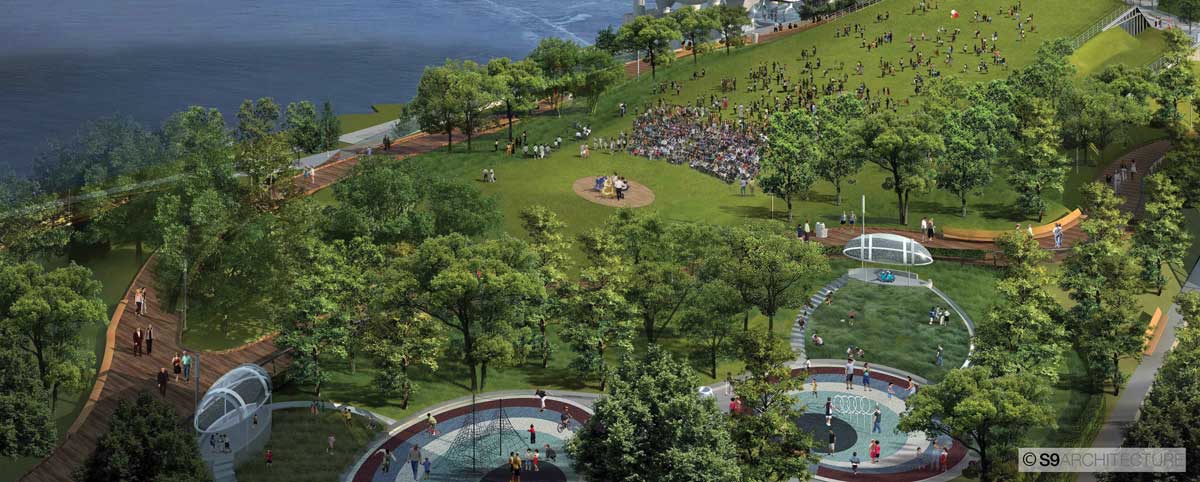
Blurring the boundaries between buildings and their surrounding landscape is key to successful design.
Judiciously designed buildings have a few processes in common; a keen understanding of the context and its potential to have a symbiotic relationship with buildings, creative problem solving, a holistic approach using integrated project delivery, and employment of tech-enabled solutions to increase efficiency. Being able to skillfully blur the boundaries between buildings, which are an expression of the architect’s creativity and their surrounding landscape, is key to successful design. The more they communicate, the more they can uplift each other towards creating a stronger sense of identity.
The rapid advancement of design assistive technology has been a watershed moment in architecture.
Today, innovation is no longer an abstract idea of that which is unconventional; rather, it is a successful outcome of numerous strategies that come together to create an intelligent development. Emphasis must be placed on smart growth by designing for longevity and adaptability.
In that regard, rapid advancement of design assistive technology has been a watershed moment in architecture. It has made the design process more efficient, interactive, and ingrained with real world data, such as never imagined before. These technologies can empower the industry to build with improved visualization capabilities, increased reliability, and accurate performance metrics. Artificial intelligence, virtual reality, and advanced data analytics can help build smarter cities driven by real-time data, functioning almost like a living organism. Buildings can then communicate with each other, and with the user as well as its surroundings, to improve livability, increase safety, and protect the natural environment.
A delicate relationship exists between the old and the new, and the future of our society depends on how wisely we make the transition.
Sustainable design and use of renewable energy certainly hold the key to an environmentally positive future. Finding more and more ways to protect the natural environment, reduce energy consumption, and waste production is vital. Vertical urbanism is another trend bound to gain prominence to reduce the carbon footprint and address the needs of the ever-growing world population.
Smart cities as a concept; when approached as a comprehensive strategy with a strong vision for the future, can improve walkability, community safety and overall quality of life, while reducing energy consumption and environmental impact. Approaching the idea with a bottom-up, rather than a top-down approach can offer higher levels of success. The transition should be organized as phased self-sufficient portions that combine over time to form larger, more complex systems.
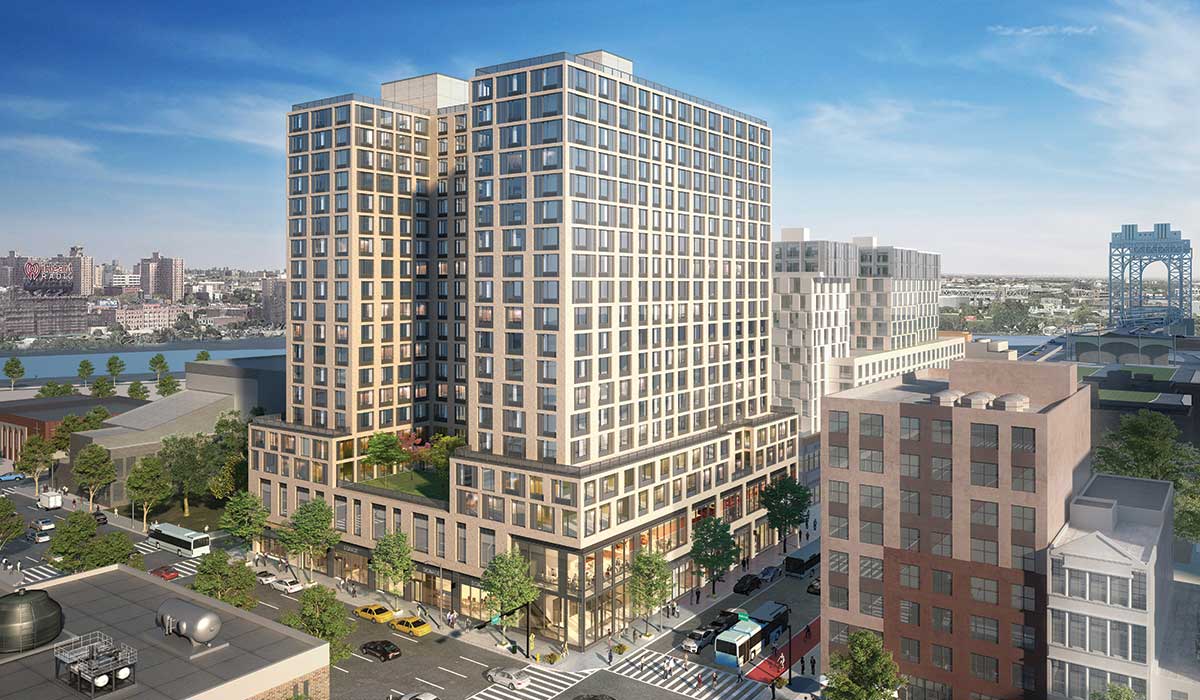
The architecture of the future will be governed not by new materials, but by new ways of using conventional materials.
Advanced design and construction technologies have allowed us to push the boundaries of existing materials to allow for more flexibility, faster construction, and higher durability. Cast-in-place concrete for instance, is increasingly being replaced with precast concrete as it offers many advantages over its traditional counterpart. It uses less water, can be reused, permits faster construction, and maintains better quality over time. When combined with modular technology and digital manufacturing, it can offer tremendous cost and time savings, besides providing higher precision.
Glazing has come a long way from single-pane windows to high performance glazing with reduced thermal transmittance (u value). Additionally low-e, spectrally selective or reflective coatings can control the solar height gain coefficient (SHGC) of glass. Use of recycled materials is increasing by the day and this trend will continue to grow in the future.
